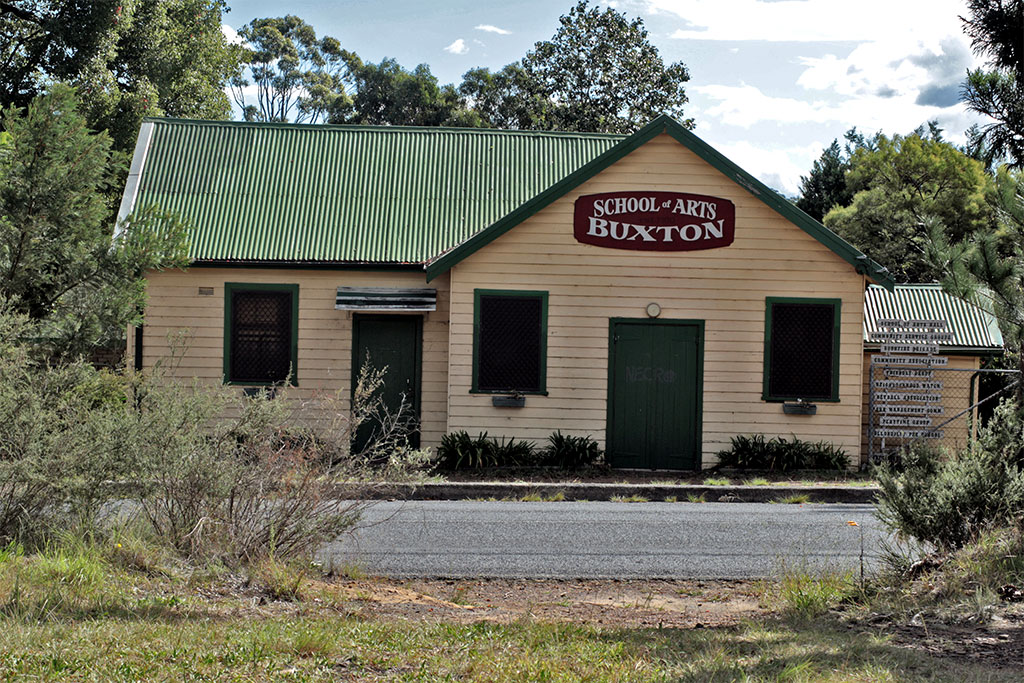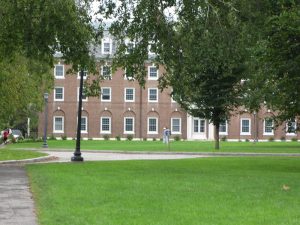Throughout the year, I tour college prep boarding schools. It’s an opportunity for me to learn about schools that could potentially be a fit for my students, meet new colleagues, and stay current on what’s happening in the boarding school community. I have previously worked with students who attended school in Switzerland, so traveling to visit college prep boarding schools there was particularly intriguing. After an intensive week of touring campuses, hearing new languages and accents, driving through mountains, riding on trains and boats, and eating cheese and chocolate to my heart’s content(!), I understood more about why families around the world choose to have their teen attend school in Switzerland.
The Swiss schools that I visited included:
Aiglon College, Brillantmont, Ecole d’Humanité, Le Rosey, Leysin American School, Rosenberg, TASIS, Zuoz
Each school offered a unique experience. In future posts, I will share more about individual school offerings. Overall, the Swiss college-prep boarding schools have much to offer families who may be seeking a premier education in Europe.
Why Swiss schools
In my conversations with students, faculty, administrators, and alumni, there were several common reasons noted for why they chose to attend high school in Switzerland:
Curriculum offers – There were several curriculum options among the Swiss schools. Diploma offerings included International Baccaulaureate, Advanced Placement International Diploma, French Baccalaureate, and British A Level. Depending on a student’s aspirations after high school, these academic programs can meet a range of interests.
Opportunities to travel – Given the proximity of other countries and the cultural freedoms in Europe, students attending Swiss schools had ample opportunities to travel throughout Europe. It was not uncommon to hear students discuss their trips to Italy or France during the weekend or taking service trips to ___ during Spring Break.
Global community – The Swiss schools had incredible diversity among its student body and faculty. (I even met several staff and faculty from Ohio on the campuses . . . O-H!) The students remarked about the advantages for them to live in a community where they interact with and learn about cultures as varied as Russian, Chilean, or Saudi Arabian.
These are global experiences that are not easily matched during high school. I must admit though that I wondered . . . “If students have these kinds of experiences in high school, what does it mean for the types of experiences that will engage them in college?” What are your thoughts about such global experiences during high school?



 Please join The Education Doctor Radio show on October 6 at 8:00 pm EST as we meet with Aimee Gruber of SSATB.
Please join The Education Doctor Radio show on October 6 at 8:00 pm EST as we meet with Aimee Gruber of SSATB.





